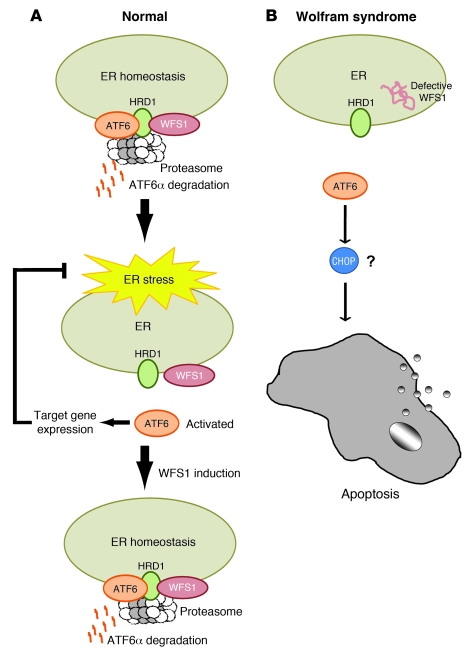Figure 7. WFS1 controls steady-state levels of ATF6α protein and activation.
(A) In normal cells, WFS1 recruits the ER transcription factor ATF6α to the E3 ligase Hrd1 under non–ER stress conditions. Hrd1 marks ATF6α with ubiquitin for proteasomal degradation. Under ER stress, ATF6α dissociates from WFS1 and undergoes proteolysis, and its soluble aminoportion, p60ATF6α, translocates to the nucleus, where it upregulates ER stress target genes, such as BiP, CHOP, and XBP-1. At later time points, WFS1 is induced by ER stress, which causes the eventual degradation of ATF6α. (B) In patients with Wolfram syndrome or Wfs1–/– mice, ATF6α escapes from the proteasome-dependent degradation, leading to chronic hyperactivation of ATF6α signaling. This ATF6α hyperactivation is involved in apoptosis through apoptotic effectors of the UPR, such as CHOP.

